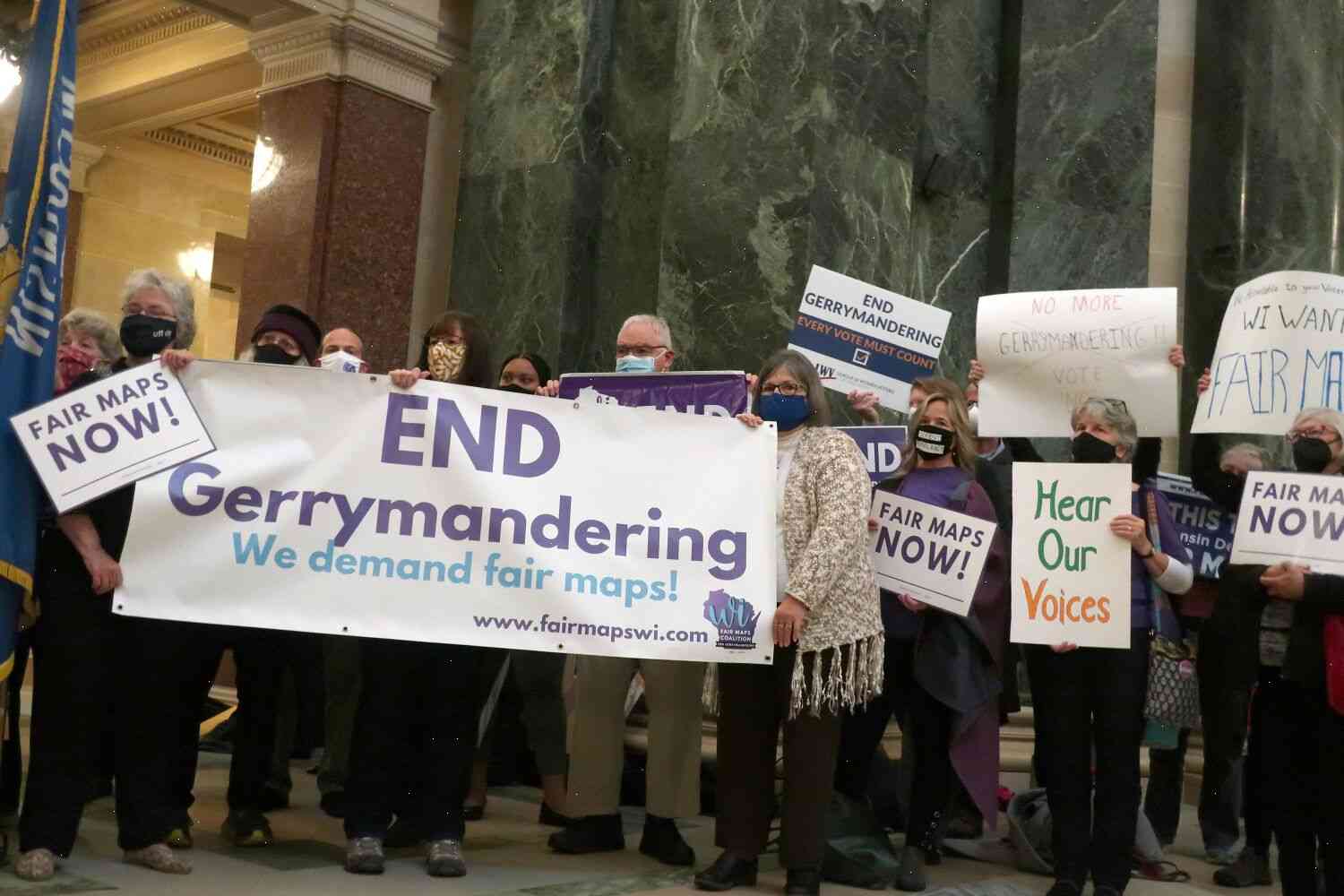Op-Ed: A big reason the South goes red? Gerrymandering and voter suppression.
Today marks the 50th anniversary of what the federal government claims is a national election—the election of an antiabortion candidate to the presidency of the United States.
For one week of the year, April 12 to April 18, the Electoral College meets to elect the president of the United States. The nation’s electors, chosen by state legislatures, cast their votes at the Electoral College; there is no nationwide vote.
For an independent journalist, April 17 is a day to take stock of the presidential race and wonder how things got so out of hand.
Gerrymandering has made it so that candidates for office—state and federal—can easily “win elections,” even when those candidates have no intention of becoming voters and no real shot at winning. For example, it is mathematically possible for a candidate to run for Congress, win the primary election, and then lose the general election. In this instance, if the candidate’s winning margin in the primary was 50 percent, voters would then elect the same candidate over two elections.
Gerrymandering is nothing new. But in the 1990s and 2000s, it became much more common, so that even many voters now have a good chance of losing their vote.
The 2016 presidential campaign is another illustration of this. The first Democratic presidential primary that has been contested in over fifty years was for a state Senate seat in a Virginia district in which the Republican candidate’s father represented the district before he joined the Reagan administration.
In the 2016 presidential contest, the U.S. Senate race in Virginia has been so contested, in part, because the Democratic nominee—senator Mark Warner of Virginia’s 5th District—is running against the Republican incumbent, former governor and current senator, Tim Kaine.
There are a lot of reasons why

